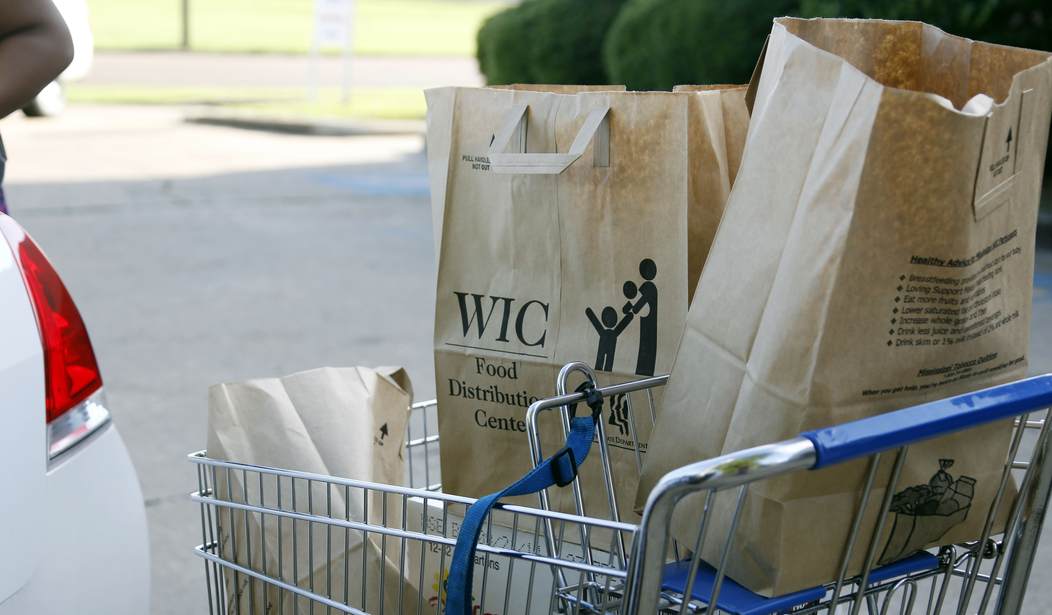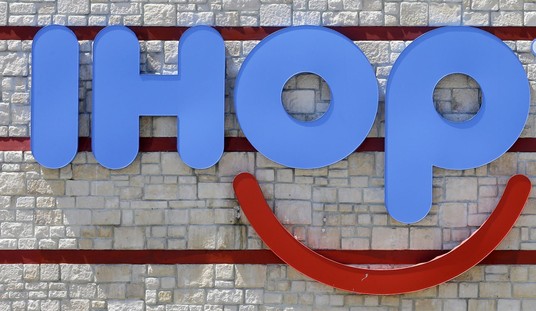I grew up poor in a family where food stamps were part of survival. My grandparents, with whom I often stayed, used them carefully and well. They bought real food: flour, eggs, milk, pork chops, coffee, lunchmeat, bread. Every now and then my brothers and I each got a chocolate bar, which cost a quarter back then but later went up to thirty cents. They bought a few Cokes in glass bottles as a treat, but mostly we drank ice water dipped from a styrofoam bucket with a tin ladle. Later, when they could afford it, they bought an Igloo water dispenser with a spigot, which felt almost luxurious.
Every morning my grandmother made biscuits from scratch, with gravy, eggs, and sausage or pork chops. They also received commodities: powdered milk that nobody liked to drink but that worked fine for baking, and those ten-pound blocks of government cheese that melted into the best macaroni you ever tasted. They used every bit of it wisely. Nothing went to waste.
Not everyone did. Around us were families who sold their food stamps for cash or bought armloads of junk food. When I was a young mother myself, I lived for a time with a woman who took in strays like me. One of them got caught shoplifting steaks, stuffing them into her sweatpants so she could sell them half-price later. Others traded government cheese or dried milk for cigarettes or babysitting or in gratitude for a place to stay. That kind of thing was everywhere, and it seemed to get more widespread and cynical as the years went by.
And then there was Liv, who ran a small independent grocery store that served a poor neighborhood. She seemed like the picture of respectability: gracious, ladylike, unfailingly polite. But when I used my WIC cards at her store, she kept urging me to buy items that weren’t allowed on the program. The list was strict back then: milk but not chocolate milk, peanut butter but not jelly, only specific cereals and sizes. I stopped going there because I didn’t want to break the rules.
A few weeks later, I saw another side of her. One Sunday she showed up with literal boxes of newspapers (in retrospect, I question whether she'd paid for them). She and my friend spent hours clipping coupons from the thick inserts. Liv sorted them into piles: one for items she sold in her store, the other for products she didn’t. The first she planned to redeem herself, pretending customers had turned them in; the second batch she would sell to other grocers. It was a tidy little enterprise, hidden behind Sunday manners and a lace handkerchief.
That was when I realized something important: no matter how kindly or respectable someone looks, poverty has a way of revealing who they really are. The honest people, like my grandparents, who used every stamp to make real meals stretch through the month, had to share the stigma created by those who gamed the system. And the dishonest ones often justified themselves with the same line: “Everybody does it.”
That phrase, more than poverty itself, taught me what moral erosion looks like. Over time, I watched the culture shift from gratitude to entitlement, from stewardship to manipulation. Assistance programs didn’t just feed people; they tested them. They showed who could stay decent under pressure, and who would cut corners when no one was watching.
My grandparents never had much, but they had integrity, and that made them — and me — rich in ways money couldn’t measure.
From Lifeline to Hammock
The program that helped them was called food stamps then. It wasn’t yet called SNAP, the Supplemental Nutrition Assistance Program, but that’s what it truly was: supplemental. A small boost to help the poorest families make ends meet. I remember my grandparents receiving about a hundred dollars a month in benefits, and they were in the most needy range. It wasn’t enough to live on, but it helped fill the pantry between paydays.
Back then, people expected to make up the difference through work, gardens, or barter. Everybody canned. Everybody baked and cooked from scratch. Stretching food was a skill, not a shame.
Today, SNAP has ballooned far beyond what it was intended to be. The average benefit per person is about $187 a month, and the maximum allotment for a family of four can reach around $975, more in some states. Compare that to the USDA’s “thrifty food plan,” which estimates a family of four needs about $1,000 a month for groceries. SNAP, once supplemental, now nearly covers the full cost of eating.
Eligibility has expanded too. States can now approve households earning up to 130% of the federal poverty level, and in some cases, 200%. In other words, people once considered lower-middle class now qualify for aid that used to be reserved for the near-destitute.
WIC has changed as well. It used to be an austere program that helped pregnant women and young children meet basic nutritional needs: milk, cereal, eggs, beans, peanut butter, infant formula. Now it covers a much broader range of foods and services, including yogurt, whole-grain pastas, and nutrition counseling. It has shifted from emergency nutritional support to a long-term subsidy.
None of this expansion happened maliciously. It grew out of misguided compassion and political convenience, a desire to “end hunger” by papering over poverty with federal money. But in the process, we blurred the moral line between relief and reliance. The safety net became a hammock.
And with that shift came a cultural one. The humility I saw in my grandparents, the quiet gratitude, the sense of stewardship over what they were given, has faded. The narrative has turned defensive, even indignant: If you cut benefits, people will starve. That claim only holds true because we’ve redefined the supplement as the supply.
The tragedy isn’t that people need help; it’s that we’ve trained generations to see help as an entitlement rather than a bridge. Poverty doesn’t destroy character; it reveals it. And the same is true of the systems meant to ease it.
If you want to know whether a society still believes in dignity, look not at how much it gives, but at how much it expects in return.
From Lifeline to Hammock, and to Dependence
Now the safety net is showing its seams. With the federal government shut down as of October 1, 2025, the USDA has warned that full SNAP benefits may not be issued for November. States like Virginia have declared emergencies and are scrambling to use state funds to keep families fed. Why the urgency? Because for millions, SNAP is no longer a supplement; it’s the entire food budget.
This moment lays bare what decades of mission drift have built. When a temporary pause in federal spending threatens to empty refrigerators across the country, it’s clear the program has grown far beyond its intent. What was once a lifeline has become a dependency.
And that dependency has been thrown into the spotlight by the very people who claim to champion the poor. The Democrats’ refusal to pass a clean continuing resolution, choosing instead to hold out for unrelated spending priorities, has exposed just how brittle the system they expanded has become. If your household cannot eat without federal intervention, that’s not compassion. That’s captivity.
The real tragedy isn’t that people need help; it’s that Washington turned “supplemental” into “sustaining,” and then built political leverage out of it. My grandparents treated their food stamps with humility, stretching every dollar with care. Today, an entire nation is being taught to panic when the pipeline pauses. That’s not stewardship. That’s dependency weaponized.
If we truly want to preserve both dignity and compassion, we need to rebuild the program’s original purpose: to help people stand, not to make sure they never have to.
Editor’s Note: The Schumer Shutdown is here. Rather than put the American people first, Chuck Schumer and the radical Democrats forced a government shutdown for healthcare for illegals. They own this. Help us continue to report the truth about the Schumer Shutdown. Use promo code POTUS47 to get 74% off your VIP membership.









Join the conversation as a VIP Member